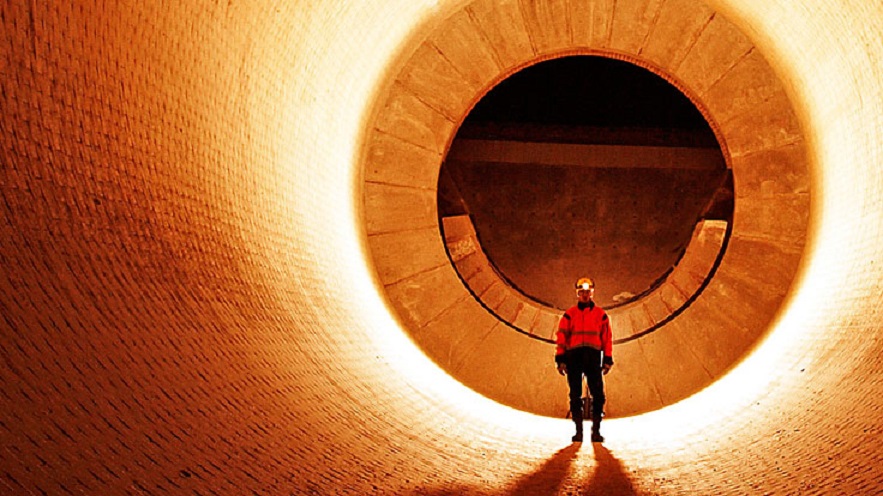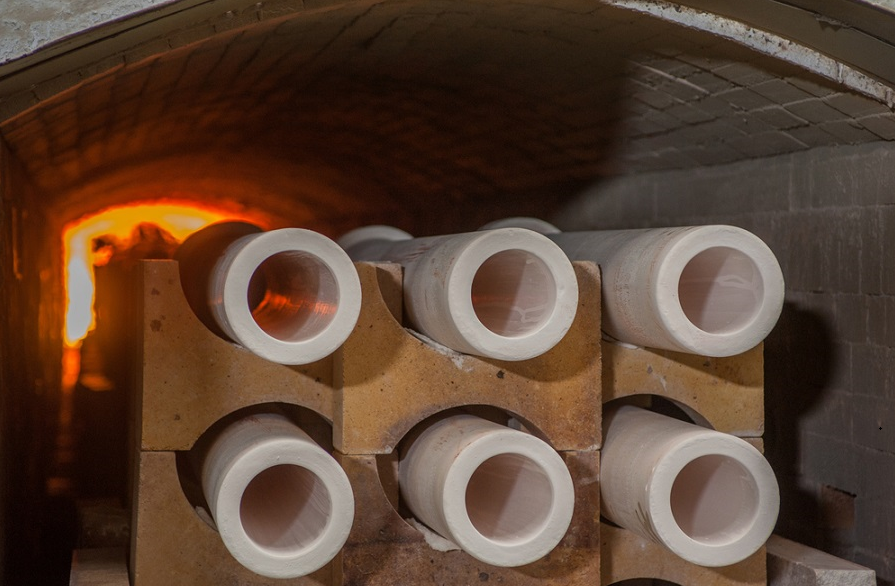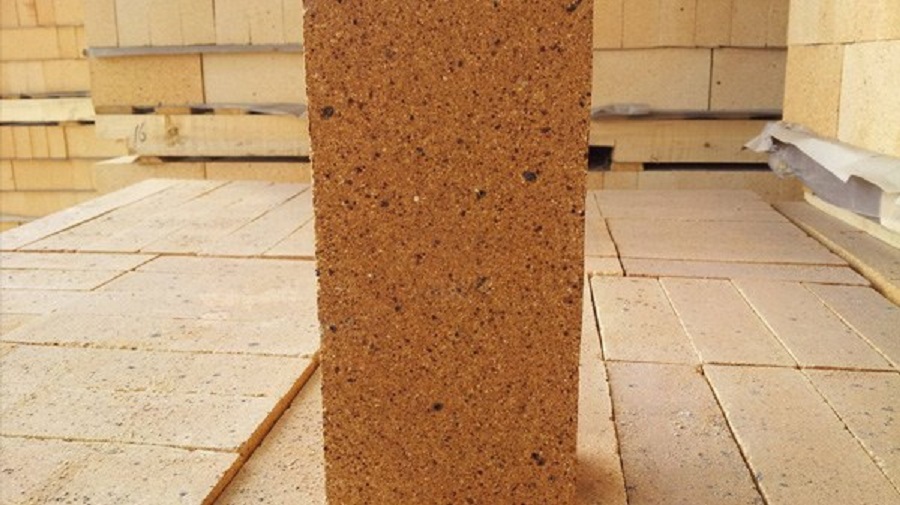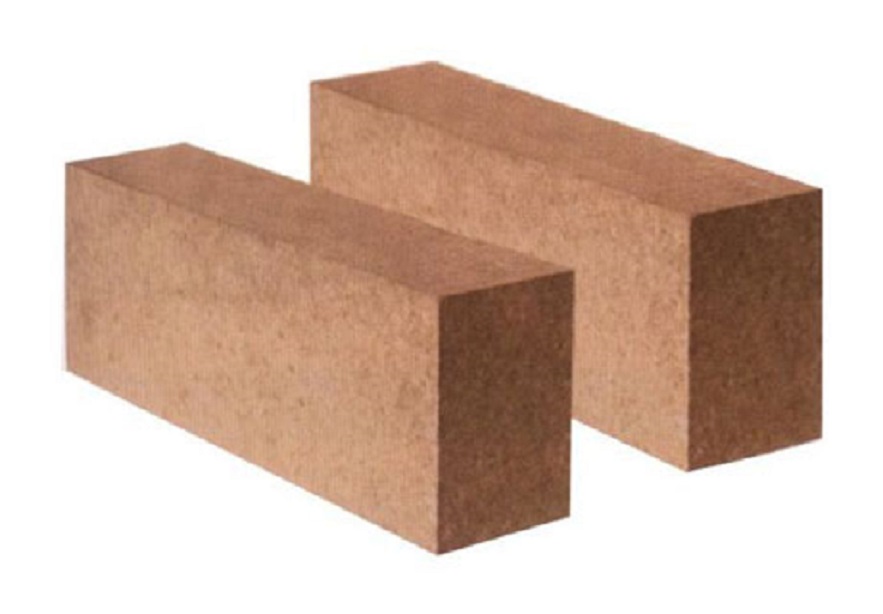13 Types of Refractory Materials and Their Applications

13 Types of Refractory Materials and Their Applications
Refractory materials are used in various fields of the national economy, such as iron and steel, nonferrous metal, glass, cement, ceramics, petrochemical, machinery, boiler, light industry, electric power, military industry, etc. It is an essential basic material to ensure the production and operation of the above-mentioned industries and the development of technology. In this article, we'll take a look at the types of refractory materials and their applications.

Types of Refractory Materials
What are refractory materials?
Refractory materials generally refer to inorganic nonmetal materials with a refractory degree of 15800℃ or above. Refractory materials include natural ores and various products made for certain purposes and requirements through certain processes, which have certain high-temperature mechanical properties and good volume stability. They are the necessary materials for various high-temperature equipment.
13 Types of Refractory Materials and Their Applications
1. Fired Refractory Products
Fired refractory products are refractory materials obtained by kneading, molding, drying, and high-temperature firing of granular and powdery refractory raw materials and binders.
2. Non-fired Refractory Products
Non-fired refractory products are refractory materials that are made of granular, powdered refractory materials and suitable binders but are directly used without being fired.
3. Special Refractory
Special refractory is a kind of refractory material with special properties made of one or more high melting point oxides, refractory non-oxides, and carbon.
4. Monolithic Refractory (Bulk Refractory or Refractory Concrete)
Monolithic refractories refer to refractory materials with a reasonable gradation of granular, powdery refractory raw materials, binders, and various admixtures that are not fired at high temperatures and are used directly after mixing molding, and grilling material.
5. Functional Refractory Materials
Functional refractory materials are fired or non-fired refractory materials that are mixed with granulated and powdered refractory raw materials and binders to form a certain shape and have specific smelting applications.
6. Clay Bricks
Clay bricks are aluminum silicate refractory materials composed of mullite, glass phase, and cristobalite with an Al2O3 content of 30% to 48%.
Applications of Clay Bricks
Clay bricks are a widely used refractory material. They are often used in masonry blast furnaces, hot blast stoves, glass kilns, rotary kilns, etc.
7. High Alumina Bricks

Types of Refractory Materials
High alumina bricks refer to refractory materials with an Al2O3 content of more than 48%, mainly composed of corundum, mullite, and glass.
Applications of High Alumina Bricks
It is mainly used in the metallurgy industry to build the plug and nozzle of a blast furnace, hot air furnace, electric furnace roof, steel drum, pouring system, etc.
8. Silica Bricks
Thanks for the comments for pointing out the error in this part. Silicon and silica are two different substances, among which silicon exists as a single element in nature and has a brittle crystal structure. Silica is different. It is composed of silicon and oxide. Its crystal structure is very hard, and its melting point is around 1700°C. Silica brick is a good refractory material. The SiO2 content of silica bricks is above 93%, and other components include phosphorous quartz, cristobalite, residual quartz, glass, etc.
Applications of Silica Bricks
Silica bricks are mainly used to build the partition walls of the coking oven carbonization and combustion chambers, open-hearth heat storage chambers, high-temperature bearing parts of hot blast stoves, and vaults of other high-temperature kilns.
9. Magnesium Bricks

Types of Refractory Materials
Magnesium bricks are alkaline refractory materials made from sintered magnesia or fused magnesia as raw materials, which are press-molded and sintered.
Applications of Magnesium Bricks
Magnesium bricks are mainly used in open-hearth furnaces, electric furnaces, and mixed iron furnaces.
10. Corundum Bricks
Corundum brick refers to refractory with alumina content ≥90% and corundum as the main phase.
Applications of Corundum Bricks
Corundum bricks are mainly used in blast furnaces, hot blast stoves, refining outside the furnace, and sliding nozzles.
11. Ramming Material
The ramming material refers to a bulk material formed by a strong ramming method, which is composed of a certain size of refractory material, a binder, and an additive.
Applications of Ramming Material
The ramming material is mainly used for the overall lining of various industrial furnaces, such as open-hearth furnace bottoms, electric furnace bottoms, induction furnace lining, ladle linings, tapping troughs, etc.
12. Plastic Refractory
Plastic refractories are amorphous refractory materials that have good plasticity over a long period of time. It is composed of a certain grade of refractory, binder, plasticizer, water, and admixture.
Applications of Plastic Refractory
It can be used in various heating furnaces, soaking furnaces, annealing furnaces, and sintering furnaces.
13. Casting Material
The casting material is a kind of refractory with good fluidity, suitable for pouring molding. It is a mixture of aggregate, powder, cement, admixture, and so on.
Applications of Casting Material
The casting material is mostly used in various industrial furnaces. It is the most widely used monolithic refractory material.
Conclusion
Thank you for reading our article and we hope you like it. If you want to know more about types of refractory materials, refractory metals, and their applications, you can visit Advanced Refractory Metals for more information. We provide customers with high-quality refractory metals at a very competitive price.
{{item.content}}
LEVE A REPLY
{{item.children[0].content}}
{{item.content}}






